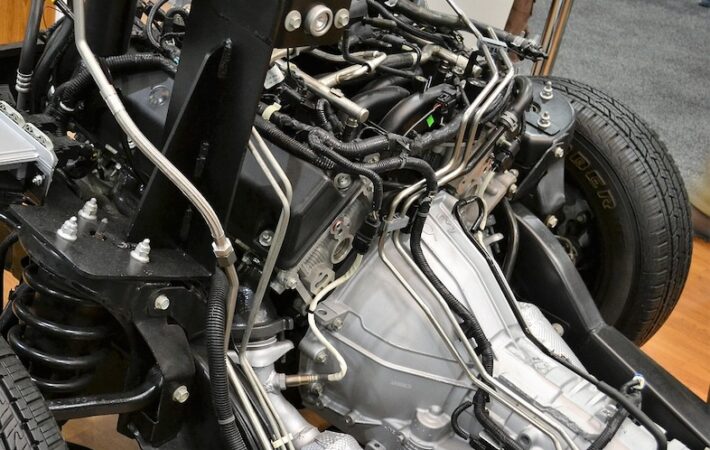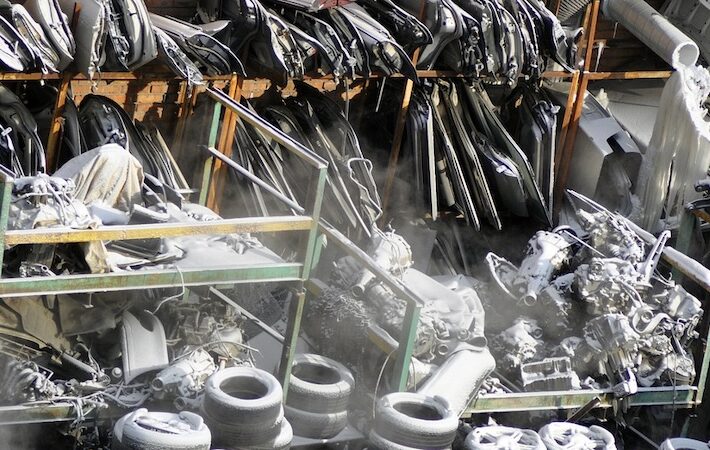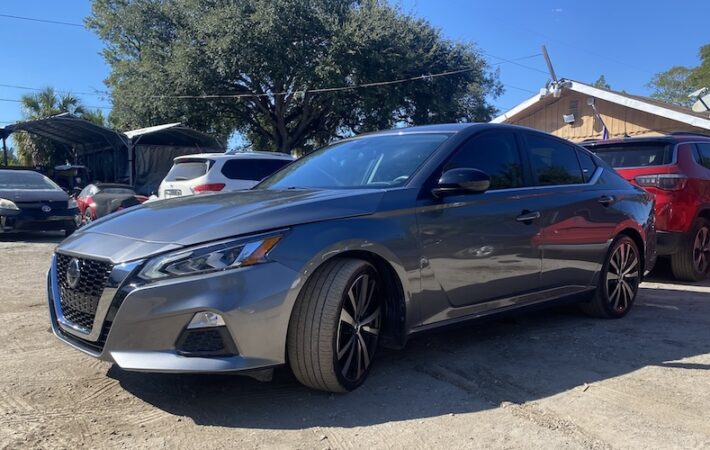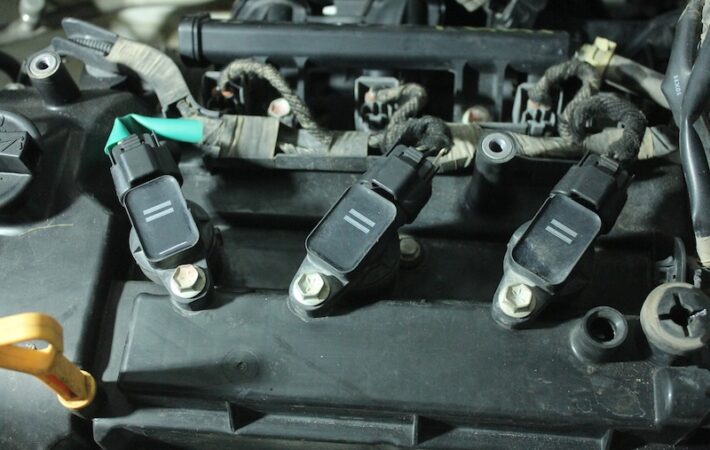When it comes to the comfort, stability, and overall performance of a vehicle, the suspension system plays a crucial role.
- The Purpose of Car Suspension: The primary purpose of a car’s suspension system is to enhance the ride quality and ensure the safety and control of the vehicle. It achieves this by absorbing the impact of uneven road surfaces, bumps, and potholes. By dampening the shocks and vibrations generated by the road, the suspension system minimizes the transfer of these forces to the vehicle’s frame and, ultimately, to the passengers.
Furthermore, the suspension system maintains tire contact with the road surface, allowing the tires to grip and maintain traction. This is vital for safe and efficient braking, cornering, and overall handling of the vehicle. The suspension also helps to distribute the weight of the vehicle evenly across all four tires, improving stability and reducing the risk of rollovers.
- Components of Car Suspension: The suspension system consists of various components, each serving a specific function. These components work in tandem to provide a smooth and controlled ride. Let’s explore some of the key components of a typical car suspension:
2.1 Springs: Springs are fundamental to the suspension system. They absorb and store energy from road impacts and then release it gradually to maintain a consistent ride height and smooth out bumps. There are different types of springs used in car suspensions, such as coil springs, leaf springs, and torsion bars, each with its own advantages and applications.
2.2 Shock Absorbers/Struts: Shock absorbers, also known as dampers, are responsible for controlling the movement of the springs. They work in conjunction with the springs to absorb and dissipate the energy transferred from the wheels to the suspension. By controlling the rate at which the springs compress and rebound, shock absorbers ensure a smooth and controlled ride.
In some vehicles, the shock absorbers and springs are combined into a single component called a strut. Struts perform the same function as shock absorbers but also provide structural support for the suspension, eliminating the need for separate control arms.
2.3 Control Arms and Linkages: Control arms, also known as A-arms or wishbones, are crucial components that connect the suspension system to the vehicle’s frame or subframe. They allow the wheels to move up and down while maintaining the proper geometry and alignment. Control arms are typically equipped with bushings and ball joints, which allow for smooth movement and minimize friction.
Other linkages, such as tie rods and sway bar links, play a role in connecting various suspension components and aiding in the overall stability and control of the vehicle.
- Types of Car Suspension: Car suspension systems come in different configurations, depending on the vehicle’s design, intended use, and desired characteristics. Here are a few common types of suspensions:
3.1 Independent Suspension: Independent suspension is the most widely used suspension system in modern passenger vehicles. It offers a high level of comfort and control by allowing each wheel to move independently, responding to road irregularities without affecting the opposite wheel. Independent suspensions can be further classified into several subtypes, including double wishbone, MacPherson strut, and multi-link suspensions.
3.2 Solid Axle Suspension: Solid axle suspension, also known as a live axle or beam axle, is commonly found in trucks, SUVs, and off-road vehicles






